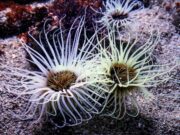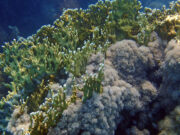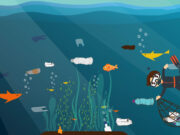SCUBA Travel
Home SCUBA Travel
See the latest list of the best wreck diving sites...
1. The Yongala, Australia
Claiming the title of the best wreck dive in the world, is the Yongala. Full of...
Cozumel is a dream destination, offering world-class drift dives, stunning coral formations, and diverse marine life. There are a variety of dive sites to explore, ranging from deep walls to intricate coral gardens, and an abundance of...
Guadalupe Island still open to divers, in spite of the Mexican government, but for how long? Why banning dive boats could be disastrous for the sharks.
July is a great month for liveaboard adventures to dive with ocean giants; be that with numerous sharks and rays at Cocos Island or the Galapagos Islands, or even diving with whales at the Great Barrier Reef,...
With more than 1000 islands and islets, including the famous Dalmatian Islands, Croatia offers a wealth of diving opportunities and truly lives up to its name as ‘the country of a thousand islands’. Famed for its exceptional...
The Coral Triangle and Pacific Ocean host some of the world’s most biodiverse dive destinations, where you can encounter over 3000 fish species and 70% of all known coral species. Offering unparalleled reef and wreck diving, marine...
Polar diving can be as exhilarating as it is dangerous, so prospective divers need to do extensive preparation to make the most of the experience.
As a hugely challenging activity, it requires specialised...
It's a minefield trying to buy a sunscreen which doesn't harm the sea life. Even those trumpeting their green credentials are not always free from harmful chemicals and components. You have to read the label very carefully. So what are the nasties to look out for?
Whether you’re a new or seasoned diver, there is something irresistible about the ocean’s deep dive sites. There you will find big pelagics, elusive sharks, pristine wrecks and breath-taking walls that fall into the abyss. With deep...
Dugongs - where can you dive with them and why aren't there more of them? Said to have inspired tales of mermaids, they can eat as much as 40 kg (88 lb) of seagrass a day, leaving distinctive troughs.





























